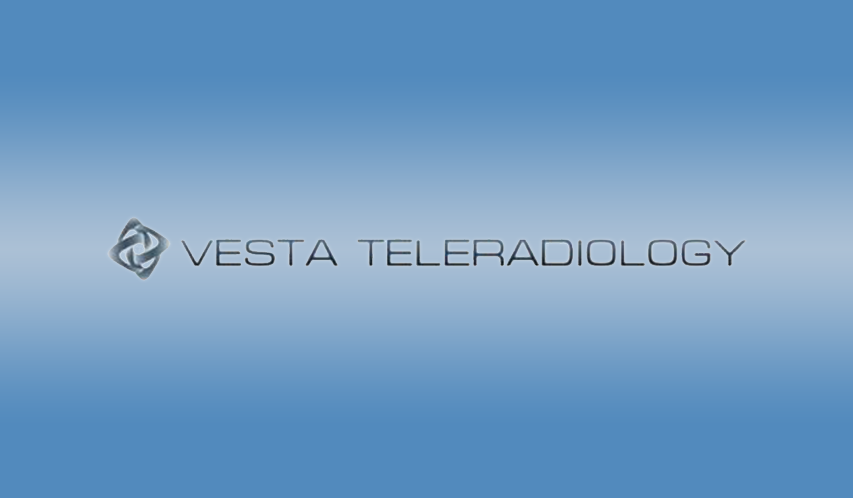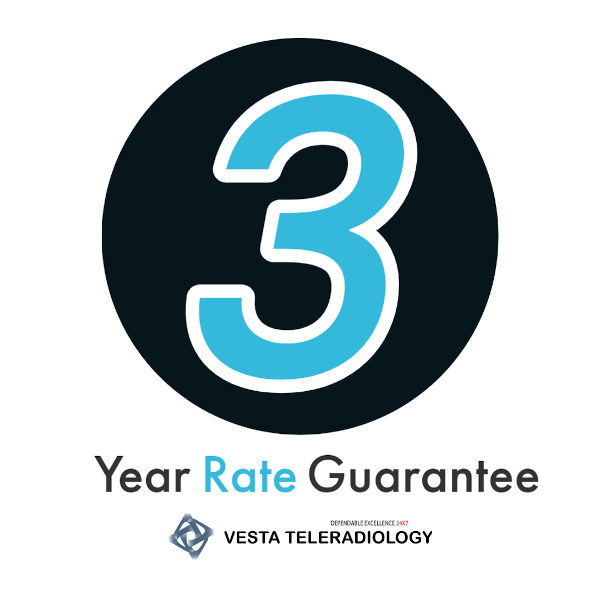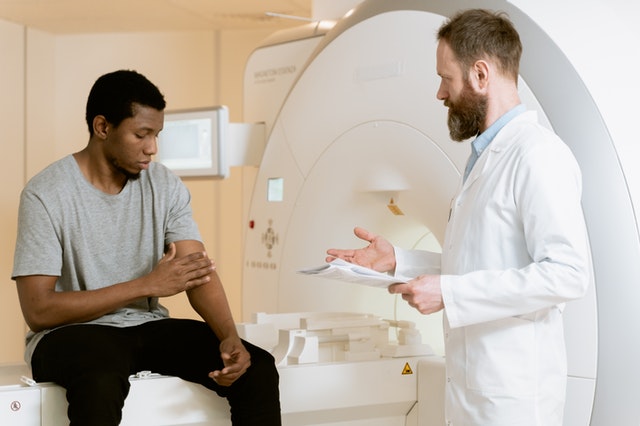Having cancer is terrifying. No matter how brave a person can seem on the outside, inside they are scared. When an oncology patient goes to see their doctor, they are vulnerable and have deep expectations.
Ultimately, patients expect their doctor(s) to help them. This pertains to emotional support, health and medical concerns, legal rights, and even spiritual needs. Establishing good patient-provider communication is the cornerstone of this important relationship.
Many patients have taken the popular patient-directed approach to deal with a diagnosis with the patient doing their own research, not all patients view their role in this way though. Some patients are “old school” and expect their doctor to be the informed leader and wisely guide them through their journey, especially older patients. A combination of provider-directed and patient-directed approaches is reasonable. Through this process, a doctor’s ability to assist a patient through the stress and emotions of their diagnosis is critical. Reading verbal and non-verbal cues is one of the most important skills a doctor can offer their patients. Next, a doctor needs to offer what they know their patients need, providing comfort or knowledge or listening or other support. Last, an effective provider helps their patient share power by allowing meaningful involvement in care choices.

In addition, cancer patients expect their doctors to tell them the truth. Hearing bad news is hard. Telling someone bad news is hard also, but it is a necessary skill that patients need their doctors to be able to perform well. Providers need to be capable within the role of informing their patients of uncomfortable and scary information. An appropriate balance as a compassionate, matter-of-fact communicator is important to affect positive patient outcomes. This includes the swift viewing capability to private electronic medical information, in-person consultation, and sharing information with the family. Keeping in mind that truth without compassion is cruelty, cancer patients want their doctors to allow them free access to the truth about themselves as they are ready to receive it, and that their information record is 100% private and secure.
Upholding the Patients’ Bill of Rights and HIPAA is another expectation a cancer patient has of their doctor. Although the right to access and affect their medical records and who sees them belongs to the patient, the doctor’s awareness and voice to ensure they remain protected can strengthen trust between the patient and doctor. Privacy and confidentiality are extremely important to many patients. When a doctor upholds a federal law designed for protecting patients at a time life may seem bleak, the horizon can seem a little brighter.

Vesta Teleradiology works with doctors, hospitals, and all types of healthcare facilities in order to bring superior radiology support. Our radiologists work nights, weekends, and holidays. Look to Vesta for a radiology company that is focused on helping you provide optimal care to your patients.

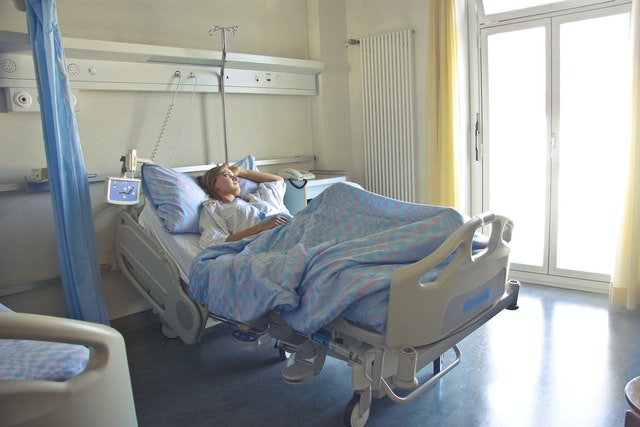

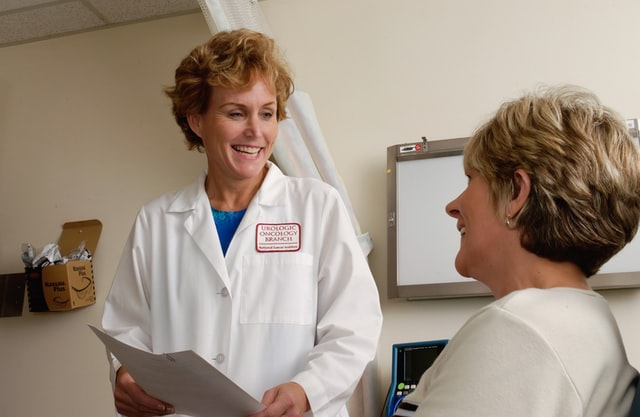

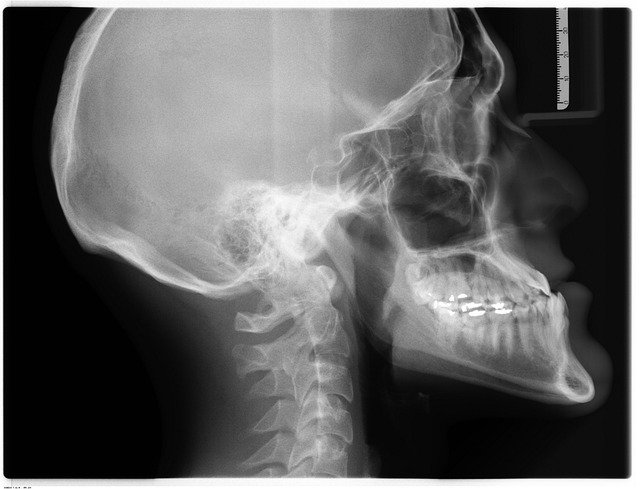 Going back to the beginning, the first X-ray picture in 1895 by
Going back to the beginning, the first X-ray picture in 1895 by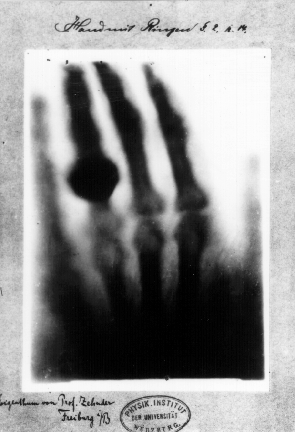
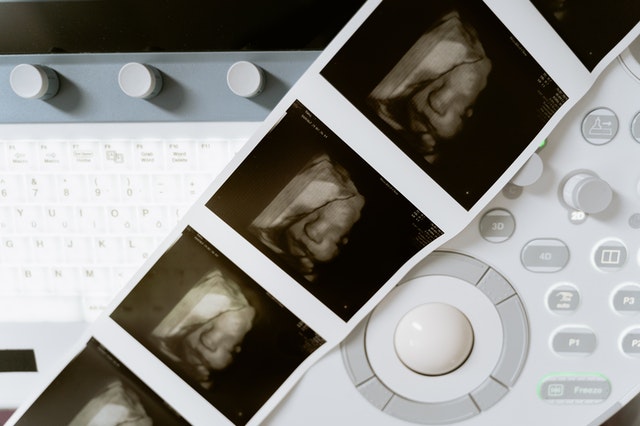 Fun Fact: the 3-D ultrasound actually takes thousands of photos at once to create a 3d image that is extremely clear.
Fun Fact: the 3-D ultrasound actually takes thousands of photos at once to create a 3d image that is extremely clear.

